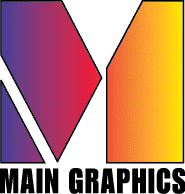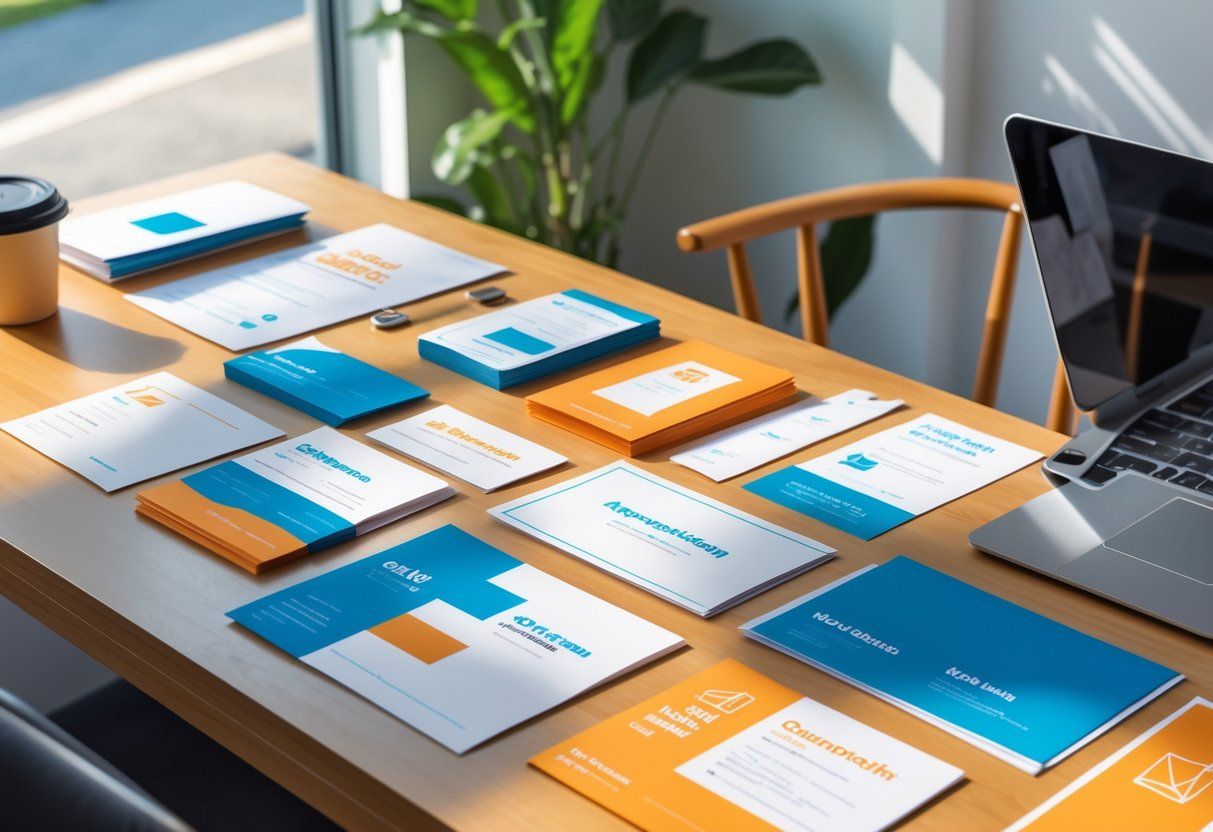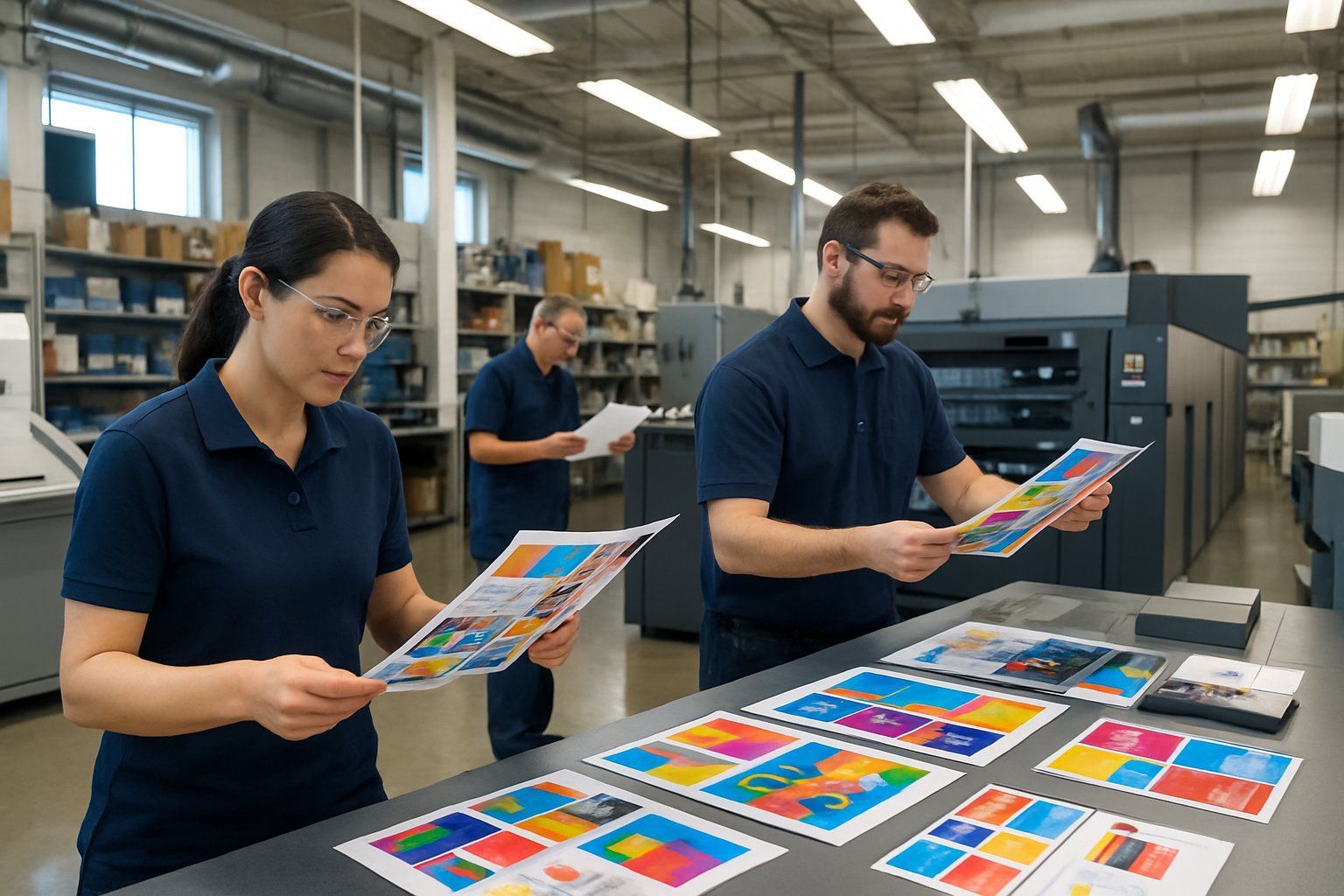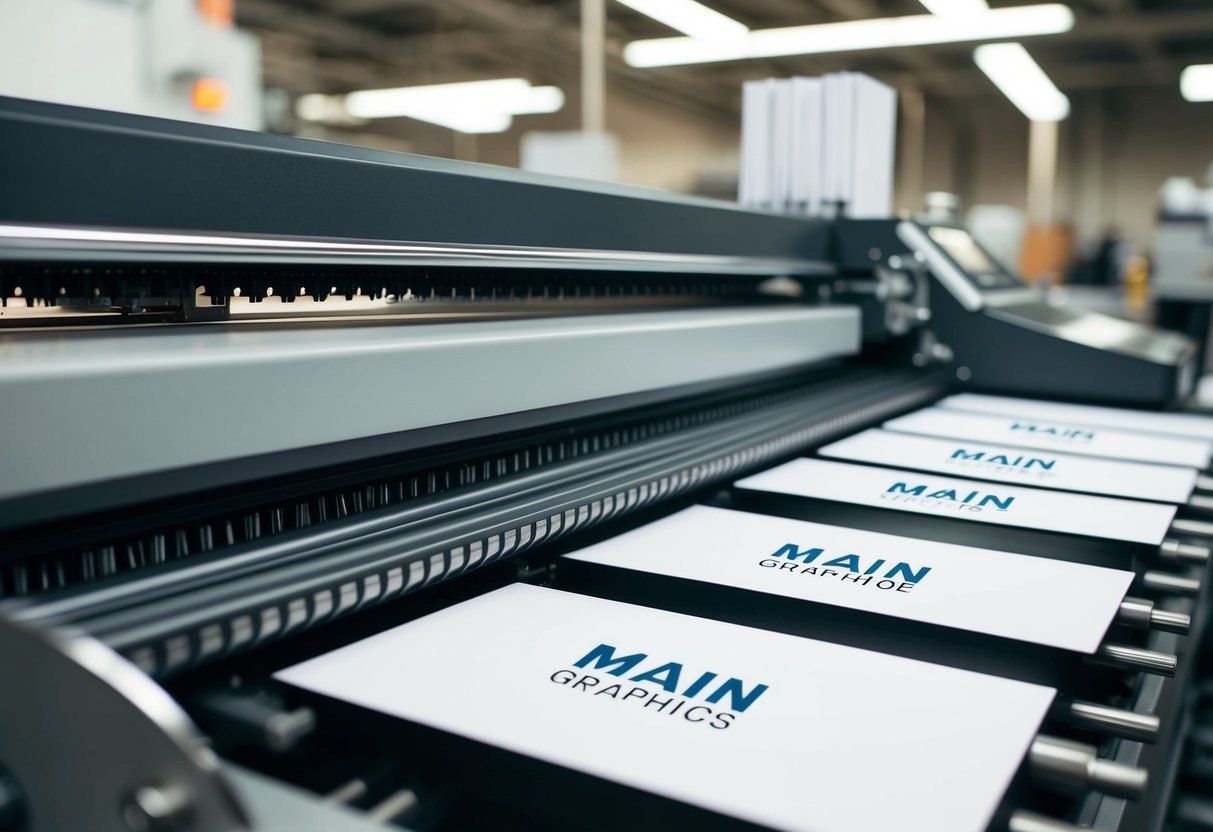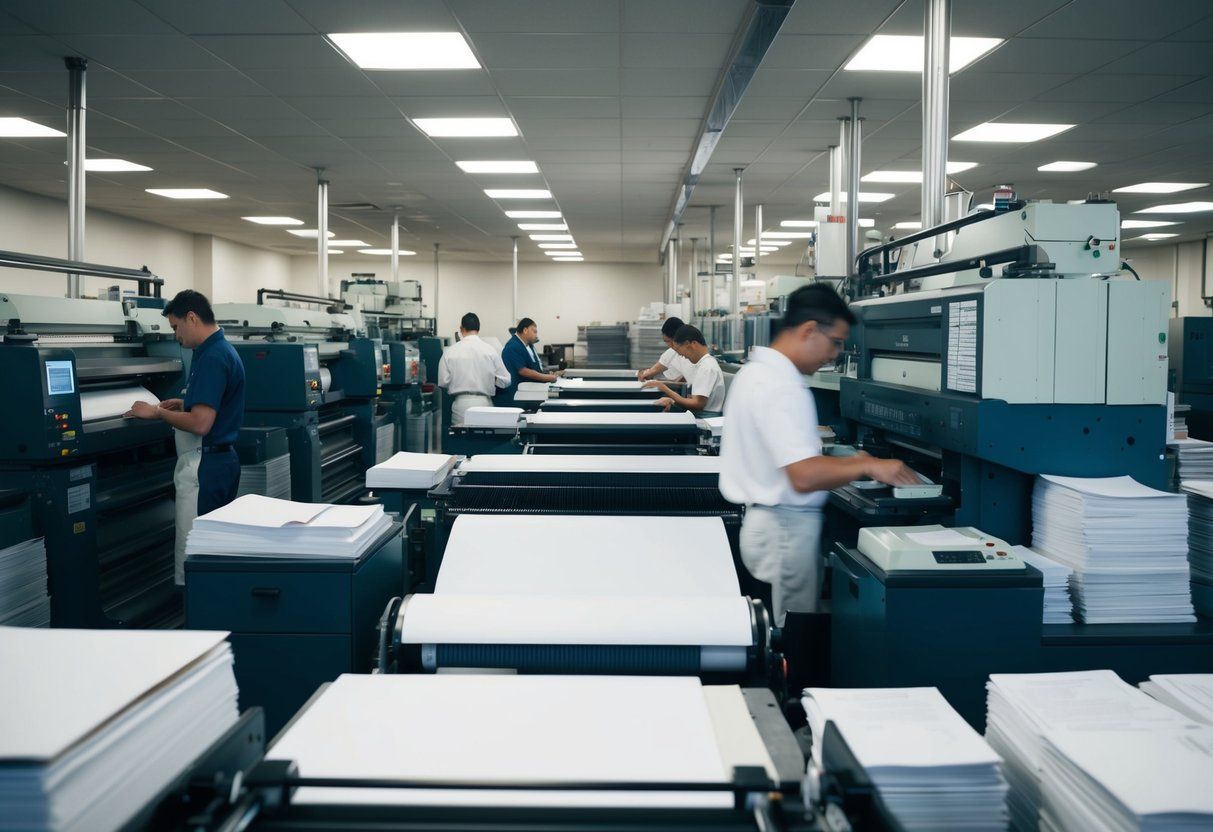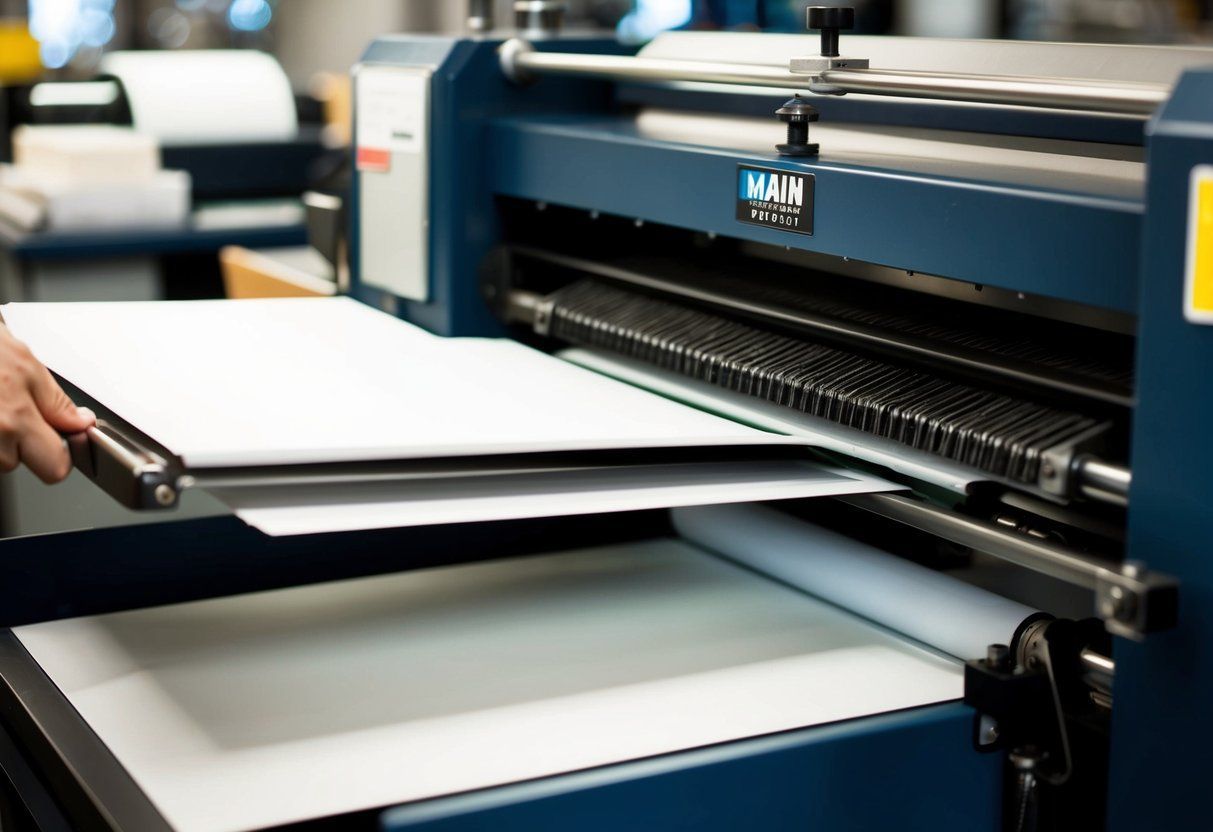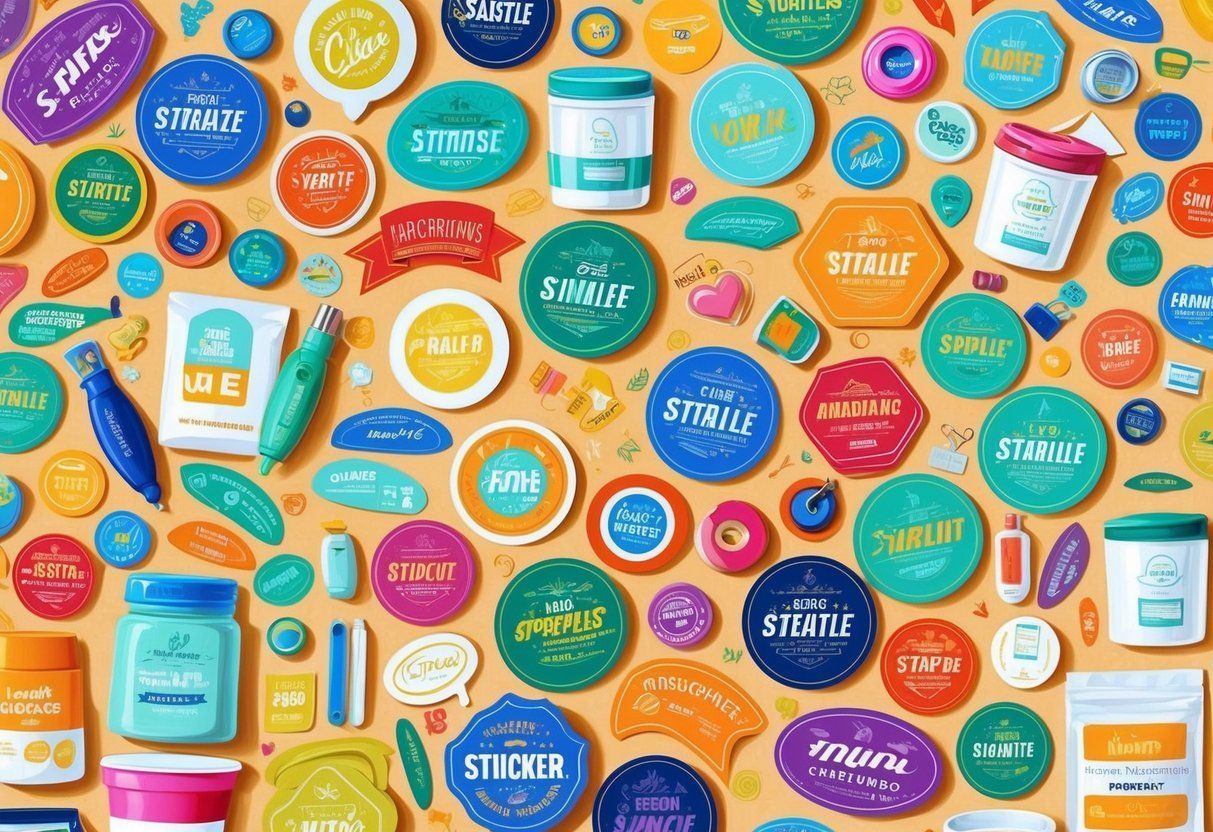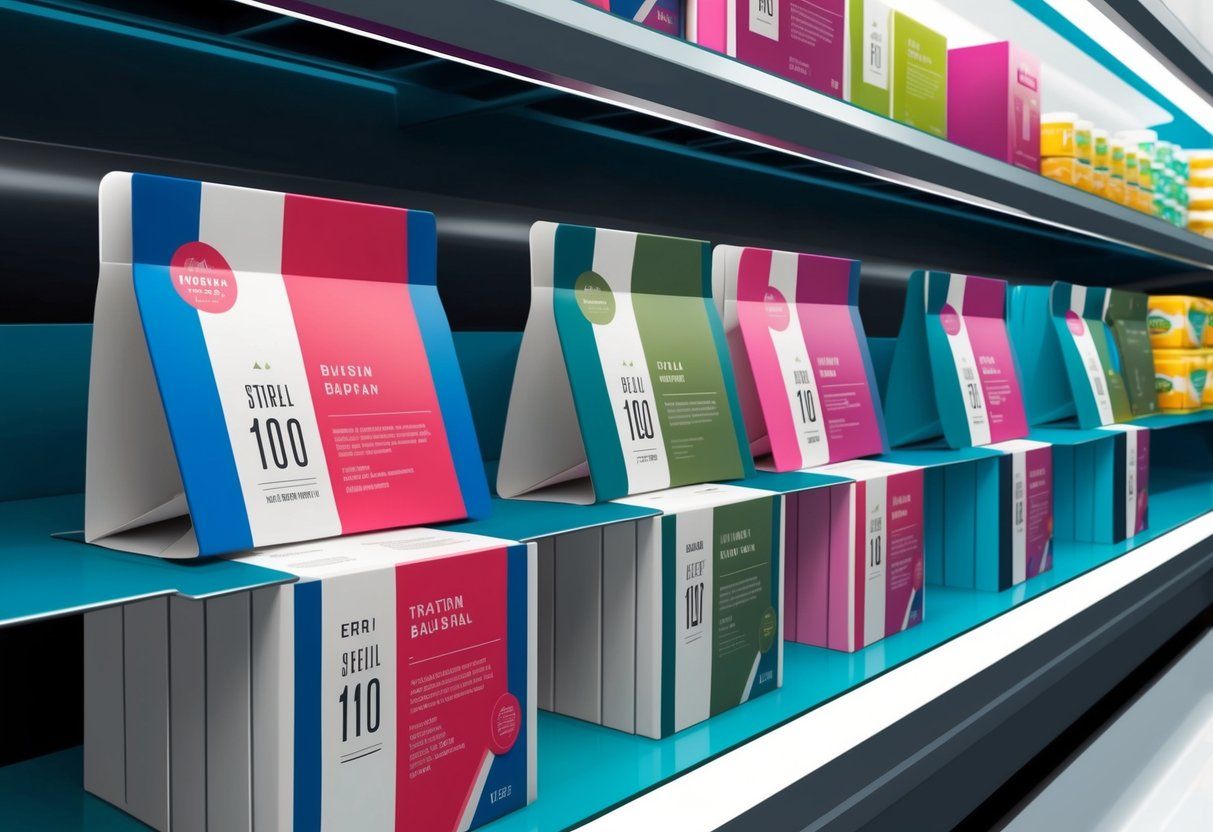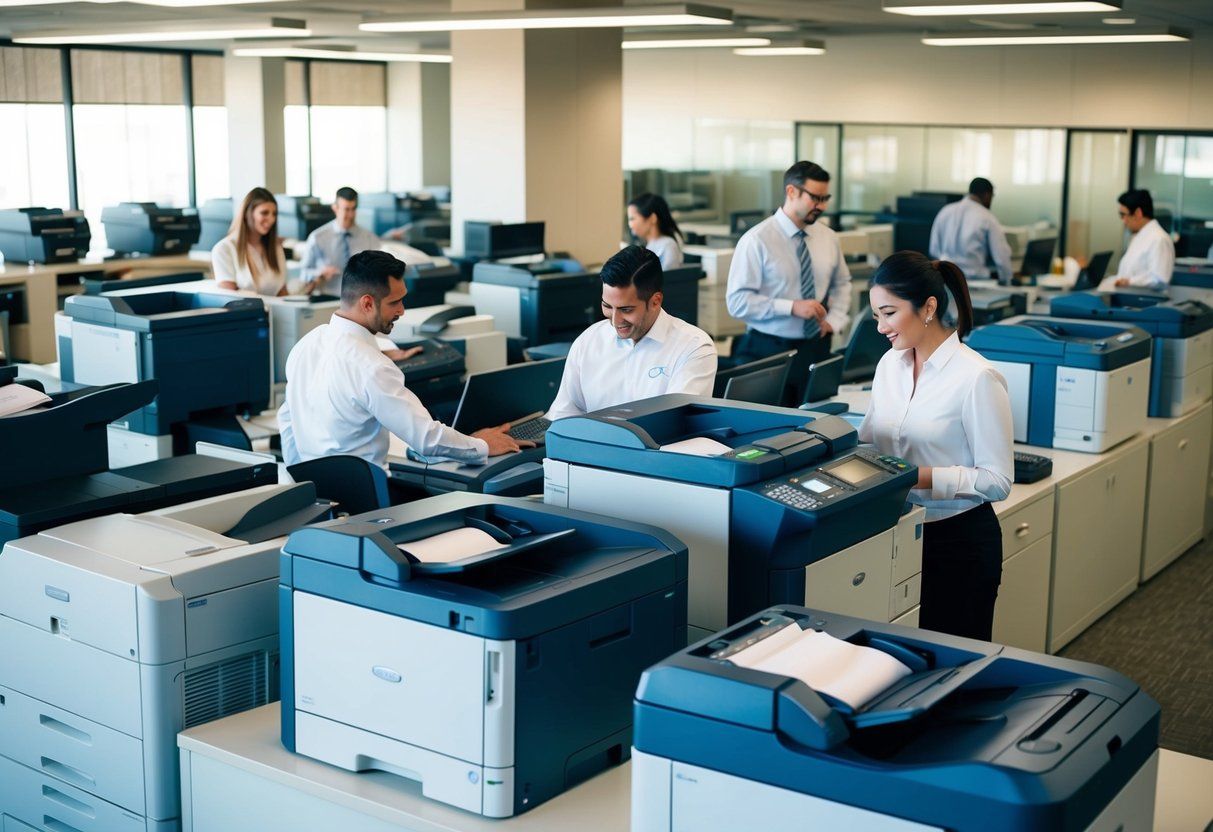DIY Home Printing: Projects and Tips
DIY Home Printing Projects and Tips
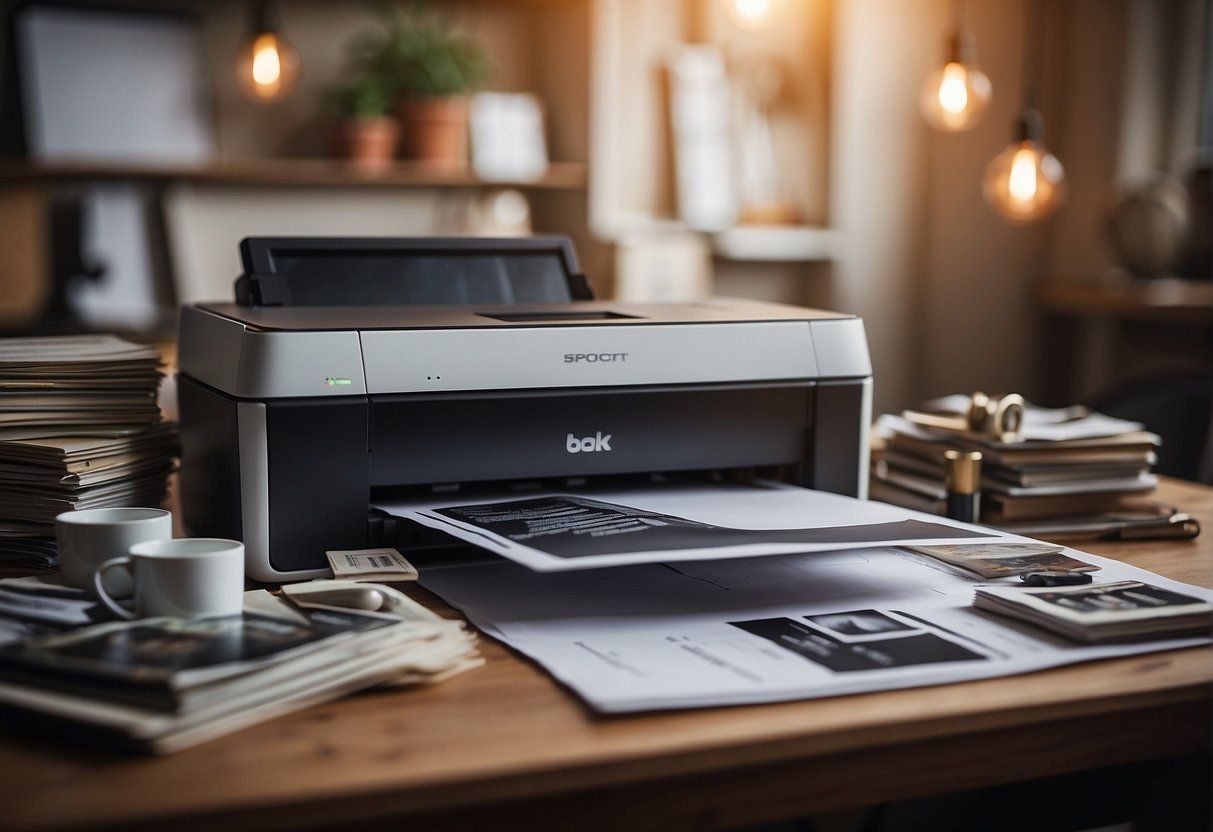
Printing has come a long way since the days of dot matrix printers. With the advent of technology, printing has become more accessible and affordable for everyone. Home printing has become a popular trend, and people are eager to explore the various possibilities it offers. DIY home printing projects are a great way to unleash your creativity and add a personal touch to your home decor.
One of the most exciting developments in printing technology is 3D printing. It has revolutionized the way we think about printing, and the possibilities are endless. With 3D printing, you can create anything from simple toys to complex medical implants. DIY enthusiasts have also embraced 3D printing and are coming up with innovative and creative projects that are both functional and aesthetically pleasing.
Technology has made printing more accessible than ever before. With a few clicks, you can print anything from your smartphone or laptop. DIY projects have also become more popular, and people are eager to create unique and personalized items for their homes. With home printing, you can create anything from custom wallpaper to personalized phone cases. The possibilities are endless, and all it takes is a little creativity and some basic knowledge of printing technology.
Getting Started with DIY 3D Printing
If you’re interested in DIY home printing projects, 3D printing is an exciting technology to explore. With a 3D printer, you can create everything from small trinkets to large-scale models and functional parts. However, getting started with 3D printing can be overwhelming for beginners. This section will provide an overview of the key considerations when choosing a 3D printer, understanding 3D printing materials, and setting up your printing space.
Choosing the Right 3D Printer
When it comes to choosing a 3D printer, there are a few key factors to consider, such as price, build volume, and print quality. For beginners, it’s often best to start with a budget-friendly option that is easy to use and reliable. Some popular options for beginners include the Creality Ender 3 and the Prusa i3 MK3.
For more advanced users, a professional-grade 3D printer may be necessary to achieve the level of detail and complexity required for their projects. These printers typically come with a higher price tag but offer features such as larger build volumes, faster printing speeds, and more advanced software.
Understanding 3D Printing Materials
Another important consideration when getting started with 3D printing is the type of material you will be using. There are many different materials available, each with their own unique properties and characteristics. Some popular materials include PLA, ABS, PETG, and nylon.
It’s important to choose a material that is appropriate for your project and your 3D printer. For example, some printers may not be able to handle certain materials or may require additional equipment to do so. Additionally, some materials may be more difficult to work with than others, so it’s important to do your research before getting started.
Setting Up Your Printing Space
Finally, it’s important to consider the space you will be using for your 3D printing projects. You will need a flat, stable surface to place your printer on, as well as adequate ventilation and lighting. Additionally, you may want to consider investing in a few accessories such as a filament dryer or an enclosure to help improve the quality of your prints.
By taking the time to choose the right 3D printer, understand the materials you will be using, and set up your printing space properly, you can ensure that your DIY home printing projects are a success.
Designing Your First Project
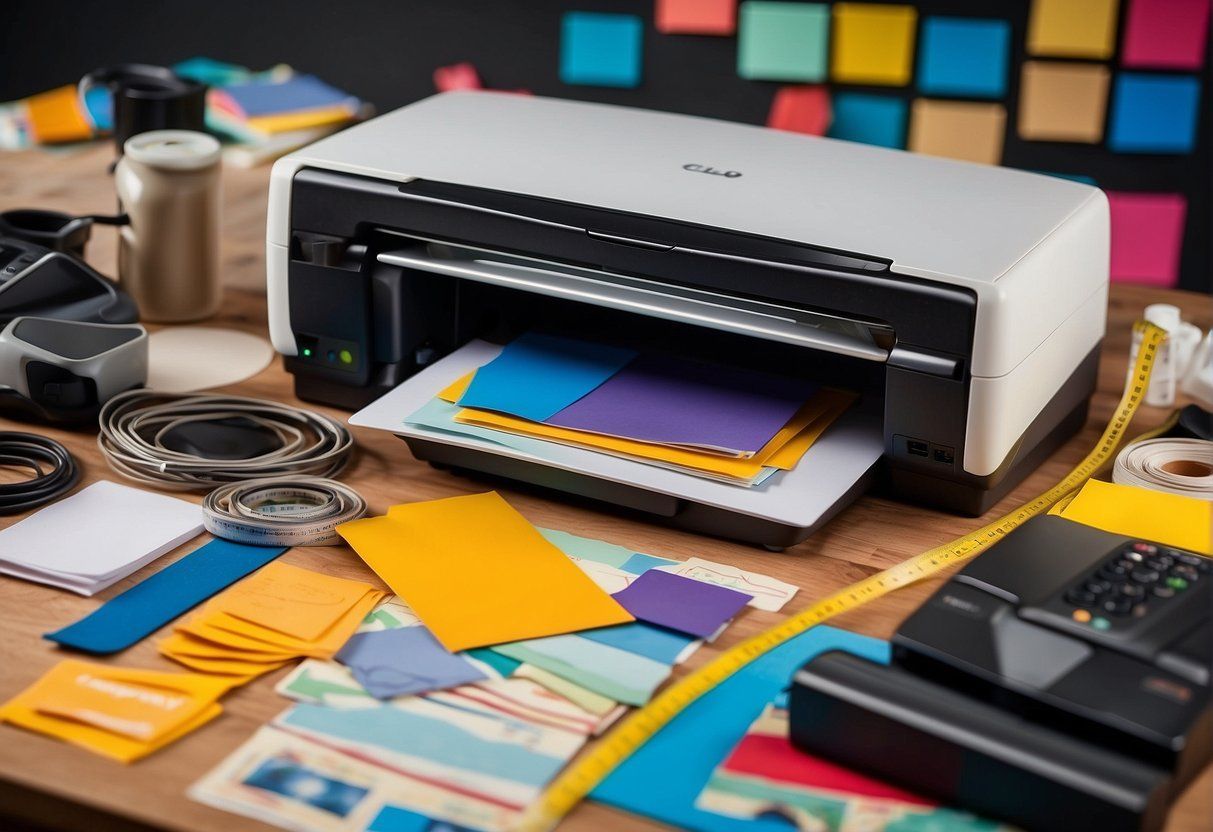
Designing your first DIY home printing project can be an exciting and rewarding experience. However, it can also be overwhelming if you don’t know where to start. This section will provide you with some basic design principles, tips for selecting colors and textures, and 3D modeling tutorials to help you create your first project.
Basic Design Principles
Before starting your project, it’s important to understand some basic design principles. These principles will help you create a cohesive and visually appealing design. Here are some key principles to keep in mind:
- Balance: Ensure that your design is balanced by distributing elements evenly throughout the space.
- Contrast: Use contrasting colors, textures, and shapes to create interest and draw attention to specific elements.
- Repetition: Repeating certain elements throughout your design can create a sense of unity and coherence.
- Proportion: Make sure that the size of different elements in your design is proportional to each other.
- Alignment: Ensure that your design is properly aligned to create a sense of order and structure.
Selecting Colors and Textures
Colors and textures play a crucial role in the overall style and theme of your project. When selecting colors and textures, keep the following tips in mind:
- Use a color wheel to help you select complementary colors that work well together.
- Consider the mood and tone you want to convey with your project and select colors and textures accordingly.
- Use textures to add depth and interest to your design.
3D Modeling Tutorials
If you’re interested in creating 3D printed projects, there are many online tutorials and resources available to help you get started. Here are some popular 3D modeling tutorials to check out:
- Tinkercad: A free online 3D modeling tool that is easy to use and great for beginners.
- Fusion 360: A more advanced 3D modeling tool that is used by professionals, but has a free trial for hobbyists and students.
- SketchUp: Another popular 3D modeling tool that is great for beginners and has a free version available.
By following these basic design principles, selecting the right colors and textures, and utilizing 3D modeling tutorials, you’ll be on your way to creating your first DIY home printing project.
Practical DIY Printing Ideas
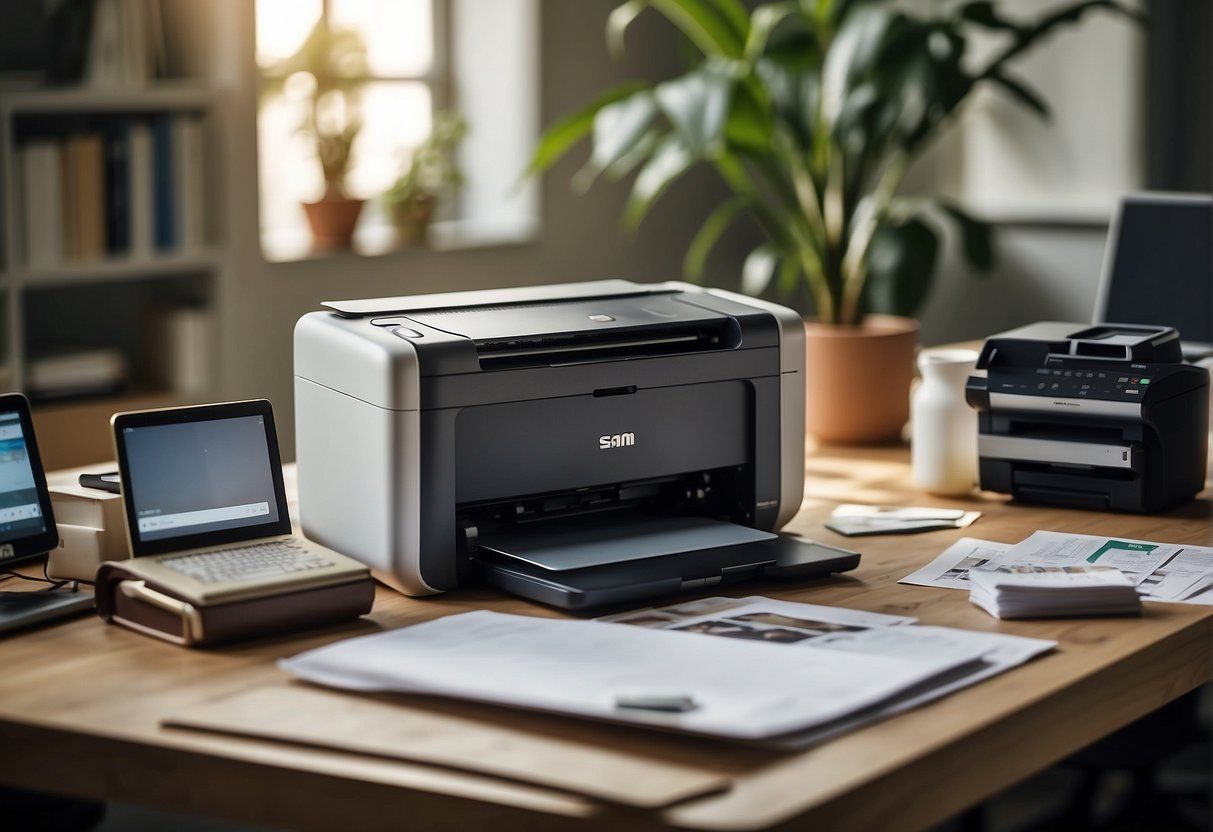
Home Office Accessories
Printing your own office accessories can be a great way to add a personal touch to your workspace. With a printer and some creativity, you can create custom desk organizers, pen holders, and other useful items.
One idea is to create a personalized mouse pad with your favorite photo or design. You can also print out motivational quotes or images and frame them to place on your desk.
Another practical DIY printing idea is to create custom labels for your files and folders. This can help you stay organized and make it easier to find what you need.
Custom Kitchen Gadgets
Printing your own kitchen gadgets can be a fun and practical way to add some personality to your cooking space. You can print custom measuring spoons, spatulas, and even cookie cutters.
One idea is to print out custom labels for your spice jars and containers. This can help you easily identify what you need while cooking and add a decorative touch to your kitchen.
Decorative Items for Your Home
Printing your own decorative items can be a great way to add some personality to your home. You can create custom wall art, photo frames, and even lamp shades.
One idea is to print out your favorite quotes or sayings and frame them to place around your home. You can also print out your own photos and create a unique collage to display on your wall.
Overall, DIY printing projects can be a fun and creative way to add a personal touch to your home and office. With a little creativity and some basic printing supplies, the possibilities are endless.
Advanced DIY Printing Techniques

For those looking to take their DIY printing projects to the next level, there are a few advanced techniques worth exploring. By using resin-based printers, creating high-resolution prints, and experimenting with innovative mounting and display methods, you can achieve professional-grade results from the comfort of your own home.
Using Resin-Based Printers
Resin-based printers are a popular choice for those looking to create intricate, high-quality 3D prints. These printers use a liquid resin that is cured using a UV light, resulting in a durable and detailed final product. While resin-based printers can be more expensive than their filament-based counterparts, they offer unparalleled precision and detail.
Creating High-Resolution Prints
When it comes to DIY printing projects, resolution is key. The higher the resolution, the more detail and clarity your final print will have. To achieve high-resolution prints, it’s important to use the right settings and software. Many printers allow you to adjust the resolution and other settings manually, while others come with pre-set options for different types of prints.
Innovative Mounting and Display Methods
Once you’ve created your DIY print, it’s important to display it in a way that does it justice. Innovative mounting and display methods can help you achieve a professional-looking final product. Some popular options include mounting prints on wood or acrylic, using LED lighting to highlight certain aspects of the print, and experimenting with unique framing options.
By incorporating these advanced DIY printing techniques into your projects, you can achieve impressive results that are sure to impress. Whether you’re looking to create a custom piece of art or a functional object, the right tools and techniques can help you achieve your goals with ease and reliability.
Maintaining Your 3D Printer and Projects
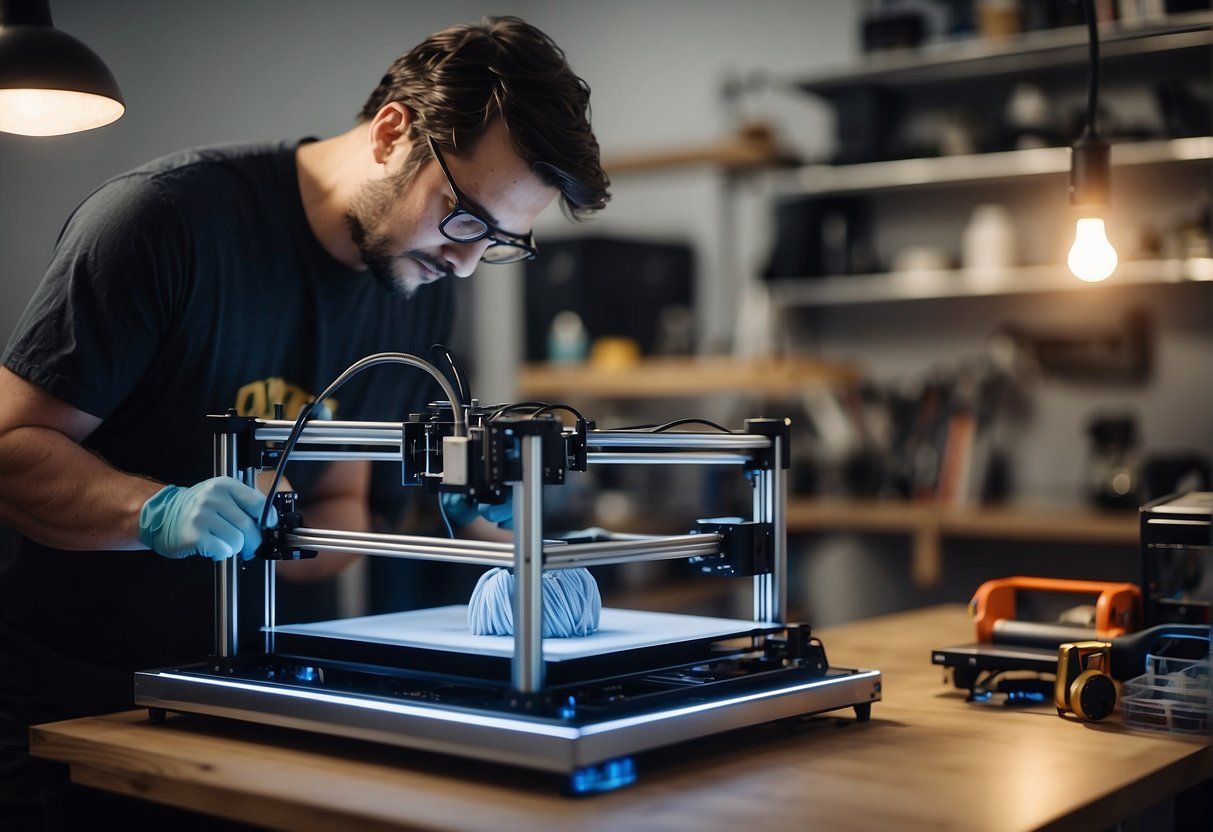
Cleaning and Maintenance
Keeping your 3D printer clean and well-maintained is essential for ensuring its longevity and the quality of your printed items. Regular cleaning and maintenance can help prevent dust and debris buildup, which can affect the performance of your printer.
To clean your printer, start by wiping down the frame and glass bed with a soft, dry cloth. You can also use a compressed air canister to blow away any dust or debris from hard-to-reach areas. For metal or plastic parts, use a mild cleaning solution and a soft-bristled brush to remove any dirt or grime.
It’s also important to regularly lubricate any moving parts, such as the printer’s axis rods, with a high-quality lubricant. This will help prevent wear and tear and keep your printer running smoothly.
Troubleshooting Common Issues
Even with proper maintenance, 3D printers can experience common issues that can affect the quality of your printed items. Some of the most common issues include clogged nozzles, filament jams, and bed adhesion problems.
To troubleshoot these issues, start by checking your printer’s manual for specific instructions. You can also try adjusting the printer’s temperature settings, cleaning the nozzle, or using a different filament type.
Ensuring Longevity of Printed Items
To ensure the longevity of your printed items, it’s important to choose the right materials and printing settings. For example, using high-quality plastic or metal filaments can help prevent warping or cracking over time.
Additionally, it’s important to store your printed items in a cool, dry place away from direct sunlight or extreme temperatures. You can also consider adding a protective coating or sealant to your items to help prevent wear and tear.
By following these tips and best practices, you can help maintain the quality of your 3D printer and printed items for years to come.
Frequently Asked Questions
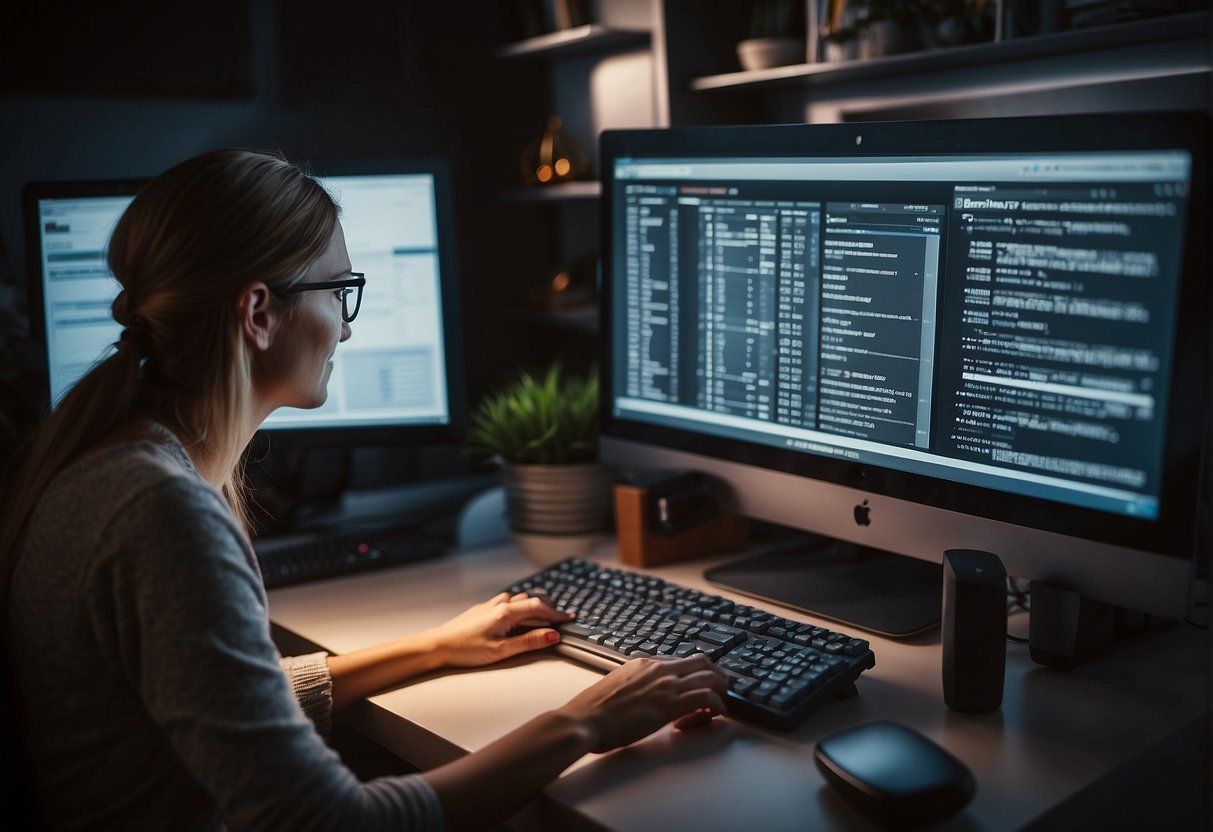
What are some beginner-friendly 3D printing projects?
For those new to 3D printing, there are plenty of easy projects to get started with. Some popular beginner-friendly projects include phone cases, keychains, and small figurines. These projects typically require minimal design work and can be found on various online platforms.
How do I ensure high-quality prints with a home 3D printer?
To ensure high-quality prints with a home 3D printer, it’s important to properly calibrate the printer and use high-quality filament. It’s also crucial to ensure that the printer bed is level and clean before each print. Additionally, adjusting the printing speed and temperature settings can help improve print quality.
What steps are involved in preparing a 3D printing project?
Preparing a 3D printing project involves several steps, including designing the object using 3D modeling software, exporting the design as an STL file, importing the file into slicing software to prepare it for printing, and finally printing the object on the 3D printer.
What are cost-effective strategies for home 3D printing?
One cost-effective strategy for home 3D printing is to use open-source software and free design files. Additionally, purchasing filament in bulk can help save money in the long run. It’s also important to properly maintain the printer to avoid costly repairs.
What are some practical items that can be created with a 3D printer?
3D printers can be used to create a wide range of practical items, including replacement parts for household appliances, custom phone cases, and even prosthetic limbs. The possibilities are endless and depend on the user’s needs and creativity.
Where can I find free resources or websites for 3D printer project ideas?
There are several online resources and websites that offer free 3D printing project ideas and design files. Some popular options include Thingiverse, MyMiniFactory, and Pinshape. Additionally, many online communities and forums dedicated to 3D printing offer project ideas and support for beginners.…
